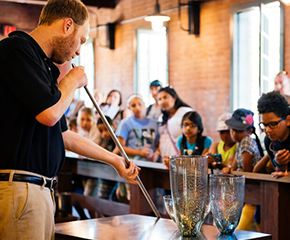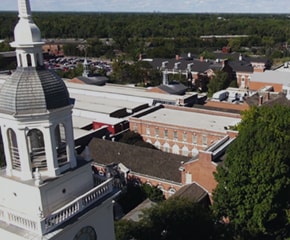Transatlantic Cable Strander in Henry Ford Museum during Building Construction, July 1932
Add to SetSummary
This cable machine helped to "wire the world." It was used in Greenwich, England in 1865 to prepare the second transatlantic cable. A core of iron and copper was protected from abrasion on the ocean floor with layers of steel, gutta-percha, and jute. These submarine cables--like modern-day fiber-optic cables that carry the signals of Internet traffic--connected cultures and communities.
This cable machine helped to "wire the world." It was used in Greenwich, England in 1865 to prepare the second transatlantic cable. A core of iron and copper was protected from abrasion on the ocean floor with layers of steel, gutta-percha, and jute. These submarine cables--like modern-day fiber-optic cables that carry the signals of Internet traffic--connected cultures and communities.
Artifact
Photographic print
Date Made
22 July 1932
Subject Date
22 July 1932
Keywords
Collection Title
On Exhibit
By Request in the Benson Ford Research Center
Object ID
P.188.7273
Credit
From the Collections of The Henry Ford. Gift of Ford Motor Company.
Material
Paper (Fiber product)
Linen (Material)
Technique
Gelatin silver process
Color
Black-and-white (Colors)
Dimensions
Height: 7.375 in
Width: 10.875 in





